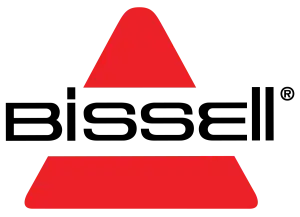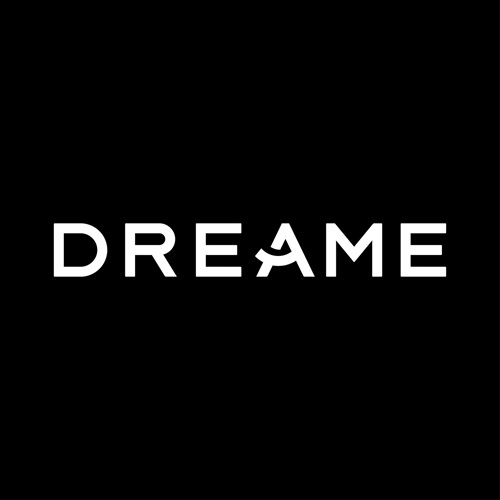Looking for a new vacuum cleaner and can’t decide between LG and Miele? You’re not alone. These two brands represent very different philosophies in the world of vacuuming: LG, a South Korean tech-savvy innovator with cordless stick vacuums and smart features, versus Miele, a German engineering powerhouse known for high-end canister vacuums and unmatched durability.
In this detailed 2025 comparison, we’ll review LG and Miele vacuum cleaners across key categories like price, features, filtration systems, pet hair performance, and more. Whether you’re shopping for hardwood floors, thick carpet, or pet-friendly suction power, this guide breaks down the strengths and weaknesses of each brand to help you find the right fit for your home.
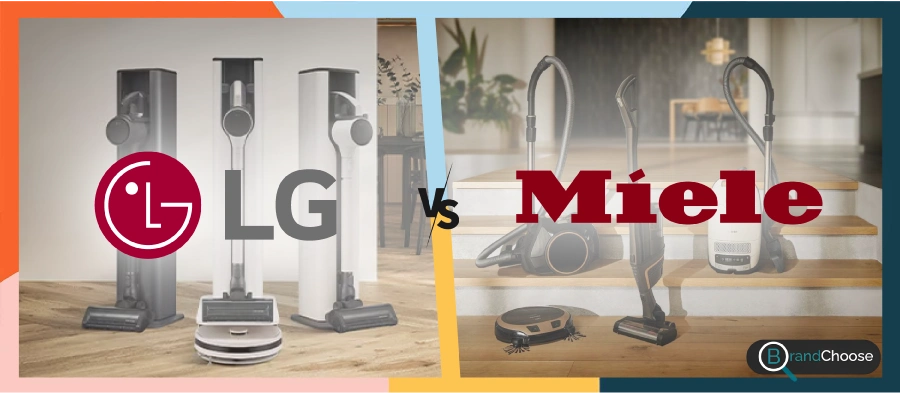
Affordability
How much you need to spend to get started—and what you get for that price.
LG’s entry CordZero A906 routinely sells for $399–$449; mid‑range Kompressor sticks land at $599–$799; the self‑empty A949 Tower debuts at $999 before discounts.
Miele’s spectrum stretches from the $349 Classic C1 Pure Suction through mid‑tier $629 Blizzard CX1 bagless and up to flagship $1,245 Complete C3 Cat & Dog.
Overall, LG occupies the mid‑market sweet spot, while Miele keeps a resolutely premium stance.
✅ Winner: LG — More affordable overall and offers better value for tech-savvy users.
Build Quality & Durability
When it comes to construction, Miele vacuums are among the best in the industry. Miele pressure‑tests motors, casings, rewinds, and hose joints for the equivalent of 1,000 hours / 20 years of typical household use, and its corded machines still ride metal axles and thick ABS shells.
LG’s sticks are lighter ABS‑polycarbonate hybrids with a 10‑year Smart Inverter motor warranty and user‑serviceable cyclones, but their hinge points and batteries are realistically rated for under a decade of duty. Overall, Miele sets the benchmark for longevity, while LG delivers respectable sturdiness for a cordless design.
✅ Winner: Miele — Excellent materials and proven longevity.
Products Variety
LG’s vacuum family is essentially one modular platform: the CordZero A‑series stick. It comes with or without an auto‑empty tower. However, they offer a limited canister variant overseas.
On the other hand, Miele fields five canister lines (bagged Classic/Compact C1, Complete C3; bagless Boost/Blizzard CX1), and two cordless stick lines, including Triflex HX2 — each with multiple floor‑head bundles. Shoppers needing a particular form factor will find more choice under Miele.
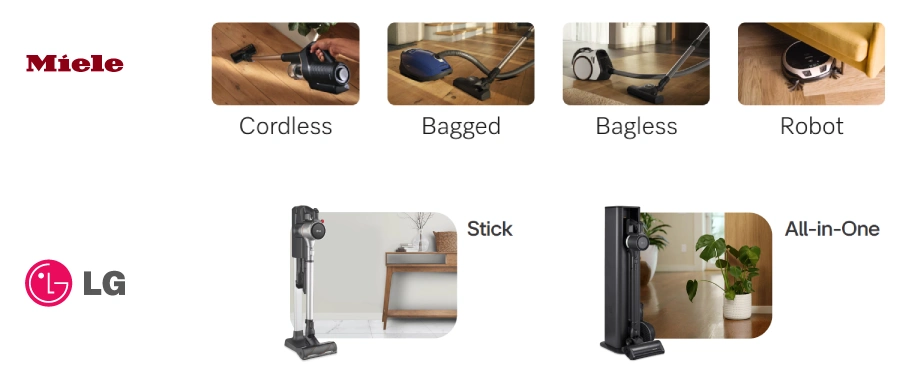
✅ Winner: Miele — Greater variety across vacuum types and use cases.
Usability & Maintenance
Now let's review how easy the vacuum is to handle, maneuver, clean, and keep running smoothly — with a more detailed look and real-world user experience.
Tipping the scale at around 6 lb with the battery, the LG A925 is easy to maneuver, offering 180° pivoting and a slim stand for tidy storage. Noise levels hit about 84 dB in Turbo mode — noticeable, but typical for a high-power cordless.

The Miele Complete C3, on the other hand, comes in closer to 13 lb, but glides smoothly on DynamicDrive casters and operates at a hushed 64–68 dB in standard use, thanks to robust sound insulation technology.
Maintenance routines also differ: LG's bagless bin is fully washable, and their All-in-One Tower™ auto-empty keeps hands clean. Miele’s self-sealing HyClean bag system traps dust with zero mess — though it does mean ongoing bag replacements.
In the end, LG scores for lightweight convenience, while Miele delivers a quieter, cleaner experience ideal for allergy-prone homes.
✅ Winner: LG — Easier to maintain and use, especially for modern lifestyles.
Smart Features, Innovation & Technologies
If you’re into smart home gear, LG brings serious innovation with features like Wi-Fi control, Power Mop nozzles, and self-cleaning stations. Their Kompressor® lever compresses dirt 2.4 times smaller in volume, dual quick‑release batteries give up to 120 min runtime, and the ThinQ app monitors charge cycles.

On the flip side, Miele focuses more on internal suction mechanics than flashy features, though it does offer AutoClean filters, LED brush lights, and electrobrush heads in its flagship models.
✅ Winner: LG — More advanced features for connected homes.
Motor & Cleaning Power
Now it's time to get to the core of it all — motor power.
Across its entire vacuum lineup, Miele consistently delivers powerful and reliable performance. In corded models, their Vortex Motor™ operates at 1,200 watts, generating airflow exceeding 62 miles per hour, ensuring efficient collection of both coarse debris and fine dust.
For the cordless series, they bring Digital Efficiency Motor, a pleasant light motor with exceptional suction power and minimal energy consumption.

LG, in their cordless stick models, uses a Smart Inverter Motor™ that delivers up to 200 air watts of suction, backed by Kompressor® technology that compresses debris in the bin to extend cleaning time. It’s built for speed, agility, and quick transitions between tasks, especially on hard floors and low-pile rugs.

Zooming out, LG handles daily dust with cordless ease, but Miele is built for deep, whole-house cleaning where nothing gets left behind.
✅ Winner: Miele — Stronger suction and deeper cleaning capacity.
Multi-Surface Capability
Miele provides a range of specialized floorheads, including the Parquet Twister for hard floors, the TurboTeQ for carpets, AllTeQ Universal for both carpets and hard floors. And let’s not forget their motor-driven flagship Electro series—roughly $300—which packs incredible cleaning power for high-pile and deep cleaning.
For smooth transitions between surfaces, LG comes with Dual Floor Max nozzles that swaps from soft‑roller to a carpet agitator in a breeze. It can powerfully clean both carpets and hard floors with ease. With their Power Mop Pro attachment, you can convert your vacuum to a Spray Mop that can use detergent for more cleaning power.
✅ Winner: Miele — Better at fine-tuned cleaning across multiple floor types.
Filtration System
For trapping dust, allergens, and fine particles, LG employs a multi-layered filtration system designed to capture fine dust and allergens effectively. The system includes a pre-filter, metal dust filter, and a HEPA exhaust filter, all of which are washable, promoting sustainability and reducing ongoing costs.

Miele strikes back with the AirClean Sealed System™, which combines a HEPA AirClean filter, motor protection filter, and self-sealing dustbag to trap 99.95% of particles as small as 0.1 microns. The HEPA filters are equipped with a TimeStrip® indicator, reminding users when to replace the filter to maintain optimal performance. This sealed system is particularly beneficial for allergy sufferers, ensuring that dust and allergens are effectively contained.
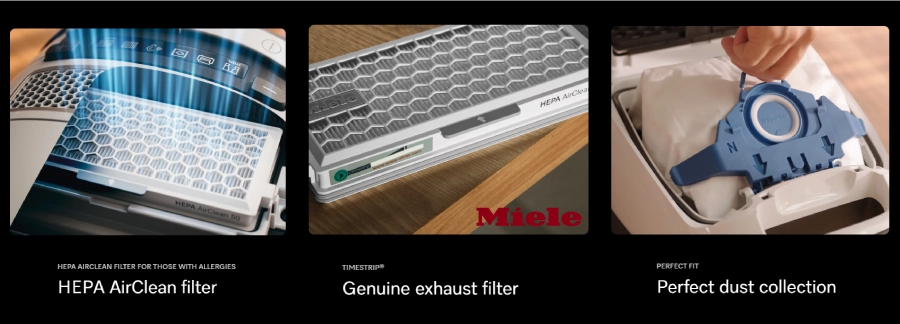
Overall, Miele still sets the standard for allergy containment, while LG offers strong filtration with lower running costs.
✅ Winner: Miele — Hospital-grade filtration and great for allergy-sensitive homes.
Pet-Friendly Cleaning
Dealing with pet hair is its own cleaning category.
LG’s motorized Power Pet mini‑head vibrates upholstery to shake out dander; suction plus Kompressor® lever helps keep hair from clogging the bin. However, you may need to use their turbo mode for a better result in case of pet hair.
Miele’s pet-focused series, like Cat & Dog models, comes with TurboMini brushes and a charcoal‑infused Active AirClean filter to neutralize odors along with hair.
Overall, both clear pet hair effectively, but Miele’s odor control gives it the edge in multi‑pet households.
✅ Winner: Miele — Better deep carpet pickup and odor‑absorbing.
Conclusion
Buyers who crave grab-and-go convenience, lighter weight, and app-style gadgetry will feel right at home with LG’s CordZero family — particularly if budget tops out below the four-figure mark. Those willing to invest more upfront for tank-like construction, maximum suction, sealed-bag hygiene, and decades-long parts support will find Miele’s canisters (and even the Triflex stick) hard to top.
In short, LG delivers modern cordless freedom at solid mid-market pricing, whereas Miele remains the connoisseur’s choice for power, longevity, and clinical-grade air quality.















